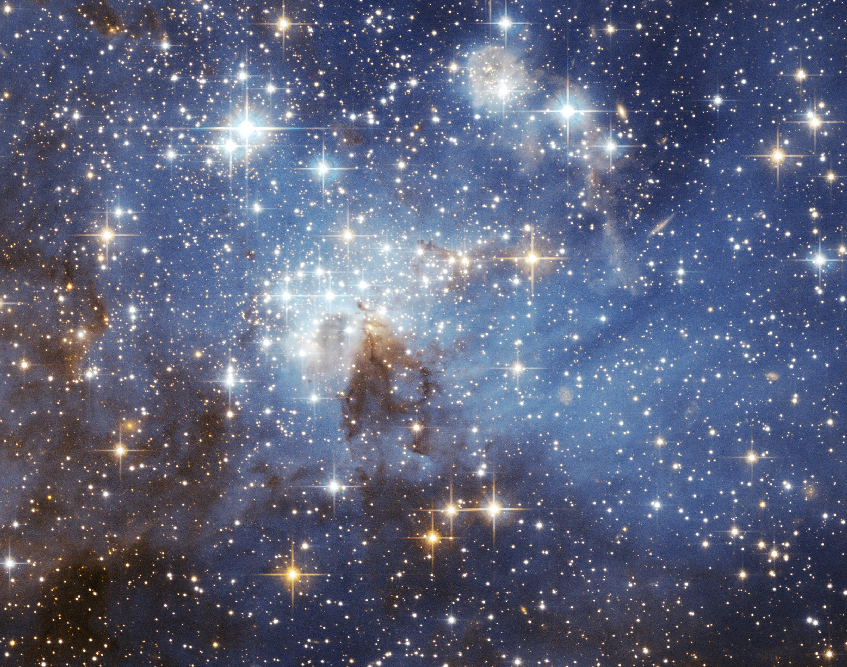Being the second major solar eclipse event of 2012, the annular eclipse of May 20, 2012 is sure to bring about some impressive photographs as the moon passes in front of the sun. Unlike typical solar eclipses, annulars constitute a niche in astronomical classification for eclipse not only because of their rarity, but mostly because of their peculiarity. An eclipse, loosely defined, occurs when the moon passes in front of the sun, leaving a certain place on earth with no or some part of the sun, as seen by inhabitants of a region. The moon literally blocks out part of the sun for observers. However, depending whether the moon is at apogee and perigee can help define whether such an event will be annular or not. As defined in Matthew Winter's Astronomical Events: Eclipses, Transits, Occultations and Conjunctions, we get a good picture on the elements of an annular eclipse.
It [an annular solar eclipse] is defined as ‘a solar eclipse in which the Moon's antumbral shadow traverses Earth (the Moon is too far from Earth to completely cover the Sun). During the maximum phase of an annular eclipse, the Sun appears as a blindingly bright ring surrounding the Moon,’ from NASA’s Glossary of Solar Eclipse Terms. Annular eclipses are straightforward as well; the moon is fully inside the Sun’s disk, but does not cover it. This is because the moon is at perigee. The closer the earth to the moon, the more frequent the annular eclipse. The sun appears as a great ring, because the moon’s orbit is not completely circular, rather it’s an ellipse that travels in an oval. Unfortunately, the Sun’s corona is lost, but a few phenomena occur; annular eclipses only produce shadow bands, but are usually hard to see, even if any occur. It cannot produce Baily’s beads or the diamond-ring affect, because those can only happen under complete totality. So, on occasions, shadow bands will come into view, but don’t count on it. They’re blurry and difficult to relate to if you see any.
In short, annular eclipses have only one important criterion that must be met in order to form such an event: the moon must be at perigee, or farthest from the sun; only then can the sun be seen as a complete ring, which was named accordingly. (Annulus is the Latin word for "ring").
 |
| Visibility for the May 20, 2012 eclipse |
Statistics for this eclipse, the visibility and frequency of others of its kind, are great. Visibility entails where the event will be able to be seen: from Eastern China across the Pacific Ocean to the Southwestern States are among the multitude of places that spectators will be able to witness the eclipse. "In the United States, the eclipse begins at 5:30 pm PDT and lasts for two hours. Around 6:30 pm PDT, the afternoon sun will become a luminous ring in places such as Medford, Oregon; Chico, California; Reno, Nevada; St. George, Utah; Albuquerque, New Mexico, and Lubbock, Texas. Outside the narrow center line, the eclipse will be partial. Observers almost everywhere west of the Mississippi will see a crescent-shaped sun as the Moon passes by off-center," Spaceweather.com comments. The point of greatest visibility will take place just south of the Aleutian Islands in the North Pacific for five minutes and forty-six seconds. This will be the place where the ring, or annulus, will be seen the greatest.
Taking part in Saros Cycle 128, the annular eclipse of May 20 2012 repeats every eighteen years and eleven days, altogether containing 73 events. "Solar eclipses of Saros 128
all occur at the Moon’s descending node and the Moon moves northward with each eclipse.
The series began with a partial eclipse in the southern hemisphere on 0984 Aug 29.
The series will end with a partial eclipse in the northern hemisphere on 2282 Nov 01.
The total duration of Saros series 128 is 1298.17 years," NASA's eclipse website propagates. For more about Saros 128, NASA's eclipse website's database is superb. More information about Saros can be found there as well.
Recommended links for further information
NASA’s eclipse web site http://eclipse.gsfc.nasa.gov/SEgoogle/SEgoogle2001/SE2012May20Agoogle.html
Detailed weather reports for this eclipse at Jay Anderson’s web site, http://eclipser.ca/
Descriptions and interactive maps by Bill Kramer at http://www.eclipse-chasers.com/tseNext.php?TSE=ase2012d
Interactive Google map by Xavier Jubier at http://xjubier.free.fr/en/site_pages/solar_eclipses/ASE_20120520_pg01.html.
National Astronomical Observatory of Japan: http://naojcamp.mtk.nao.ac.jp/phenomena/20120521/summary-en.html




